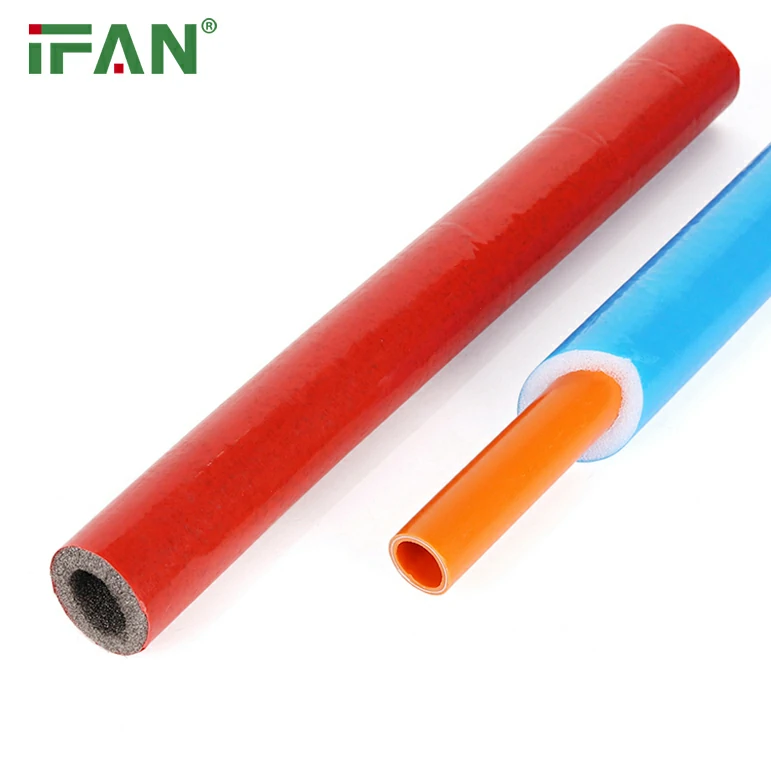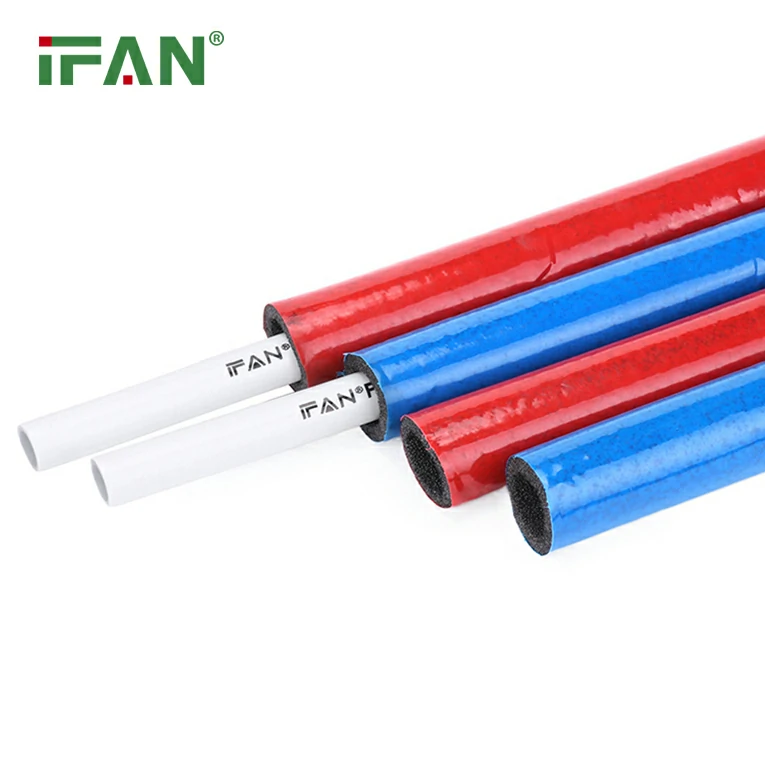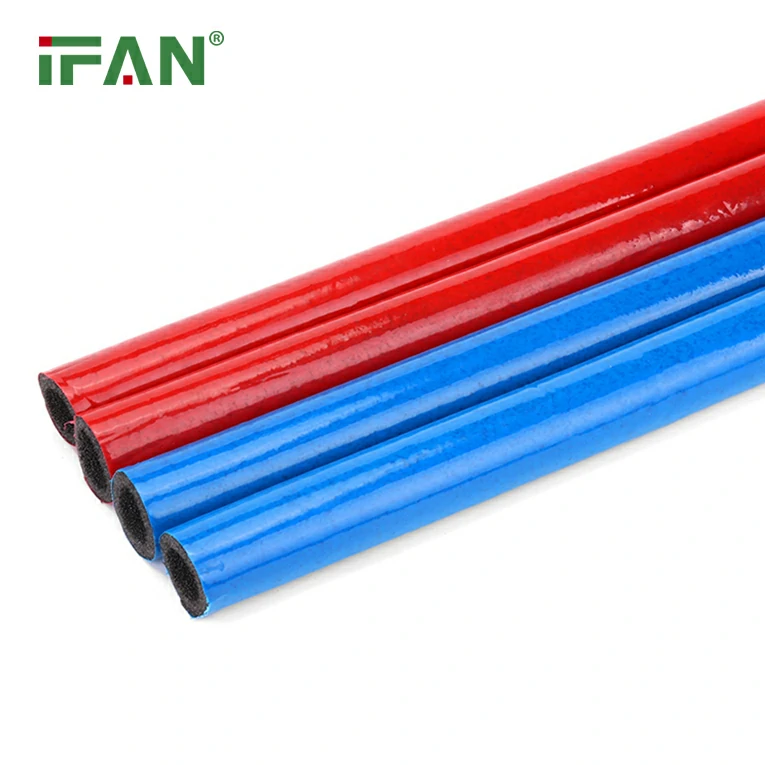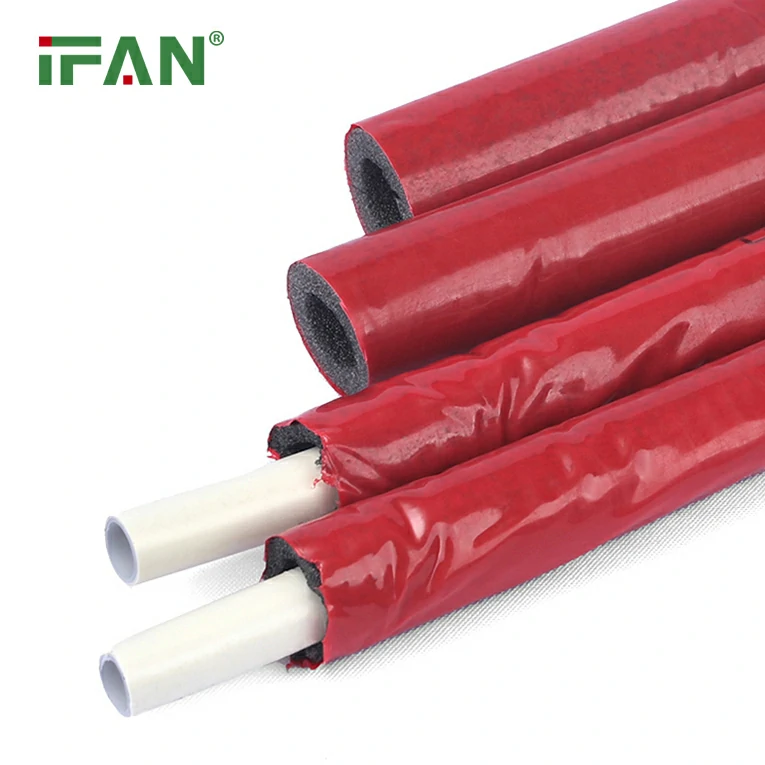In recent years, the plumbing industry has faced increasing scrutiny over the safety of brass fittings, particularly concerning lead content. With growing awareness of the health risks associated with lead exposure, manufacturers have been working to develop “lead-free” brass fittings and faucets. This article provides an update on the progress made in this area, the implications for consumers, and what to look for when selecting brass fittings.
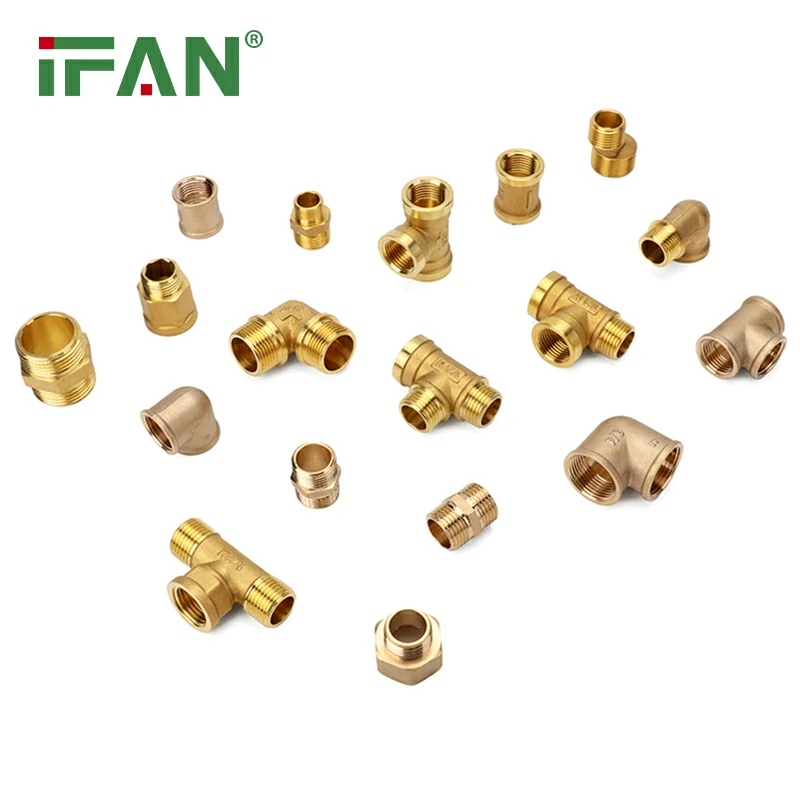
1. Understanding Brass Fittings and Lead Content
1.1. What Are Brass Fittings?
Brass fittings are essential components in plumbing systems, made from an alloy of copper and zinc. They are widely used to connect pipes, valves, and fixtures due to their strength, durability, and resistance to corrosion. Common types of brass fittings include elbows, tees, couplings, and adapters.
1.2. The Issue of Lead in Brass Fittings
Historically, brass fittings contained lead to enhance machinability and corrosion resistance. However, lead is a toxic metal that can leach into drinking water, posing serious health risks, particularly for children and pregnant women. In response, regulatory bodies have set strict limits on the amount of lead allowed in plumbing products.
2. Regulatory Changes and Lead-Free Standards
2.1. Introduction of Lead-Free Regulations
In the United States, the Safe Drinking Water Act (SDWA) was amended in 2011 to reduce the allowable lead content in plumbing products. The new definition of “lead-free” limits the lead content to 0.25% for pipes and fittings. This change has prompted manufacturers to innovate and produce lead-free brass fittings.
2.2. Importance of Compliance
Compliance with lead-free regulations is crucial for manufacturers. Products that meet these standards not only protect public health but also enhance consumer trust. As awareness of lead-related health issues grows, consumers are increasingly seeking out compliant products.
3. Progress in Developing Lead-Free Brass Fittings
3.1. Innovations in Material Composition
Manufacturers have been exploring various alloys to create lead-free brass fittings. Some of the common alternatives include:
- Copper-Zinc Alloys: These alloys maintain many of the desirable properties of traditional brass while eliminating lead.
- Silicon Brass: This alloy incorporates silicon, which improves corrosion resistance and machinability without the use of lead.
- Other Metal Combinations: Some manufacturers are experimenting with combinations of metals, such as tin or bismuth, to achieve lead-free solutions.
3.2. Testing and Certification
To ensure the safety and effectiveness of lead-free brass fittings, manufacturers must conduct rigorous testing. Certification from organizations such as the American National Standards Institute (ANSI) and the International Association of Plumbing and Mechanical Officials (IAPMO) is essential. These certifications verify that the products meet the required lead-free standards.
4. Consumer Awareness and Education
4.1. The Role of Consumer Education
As consumers become more informed about the risks associated with lead exposure, they are increasingly seeking lead-free products. Manufacturers and retailers have a responsibility to educate consumers about the benefits of lead-free brass fittings.
4.2. Identifying Lead-Free Products
Consumers should look for specific labels and certifications when purchasing brass fittings and faucets. Key indicators of lead-free compliance include:
- NSF/ANSI 61 Certification: This certification indicates that the product meets health effects standards for drinking water system components.
- “Lead-Free” Labeling: Products labeled as “lead-free” should comply with the 0.25% lead content requirement established by the SDWA.
5. The Impact on the Plumbing Industry
5.1. Market Trends
The demand for lead-free brass fittings has led to significant changes in the plumbing industry. Manufacturers are investing in research and development to create safer products, and many are transitioning their production lines to focus on lead-free options.
5.2. Challenges in Transitioning
While the move toward lead-free brass fittings is positive, it comes with challenges. These include:
- Cost of Production: Developing new alloys and manufacturing processes can be expensive, potentially leading to higher prices for consumers.
- Consumer Acceptance: Some consumers may be hesitant to switch to new products, necessitating education and marketing efforts to build trust in lead-free options.
6. Future Outlook for Lead-Free Brass Fittings
6.1. Continued Innovation
As technology advances, manufacturers are likely to continue innovating in the realm of lead-free brass fittings. This could include:
- Enhanced Alloys: Ongoing research may lead to the discovery of new alloys that offer even better performance without lead.
- Improved Manufacturing Processes: Advances in manufacturing techniques could lead to more efficient production of lead-free fittings.
6.2. Regulatory Developments
Future regulatory changes may further tighten lead content limits in plumbing products. Manufacturers must stay ahead of

